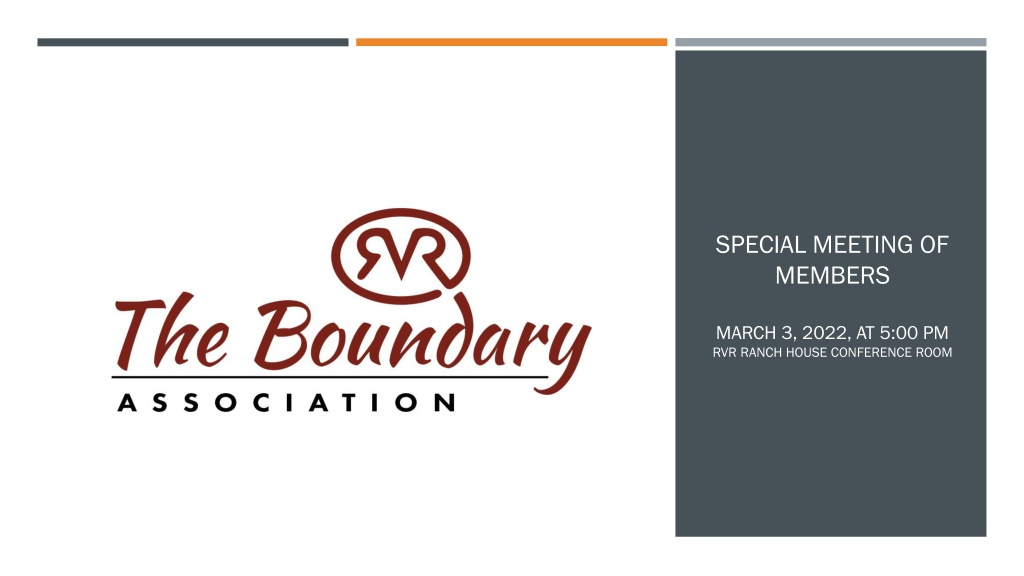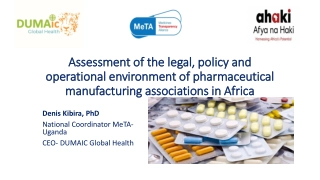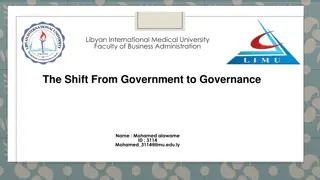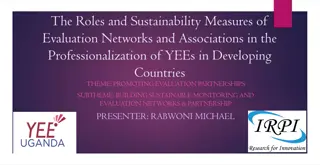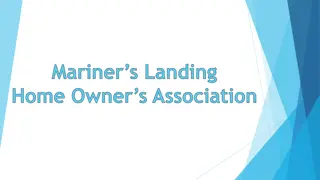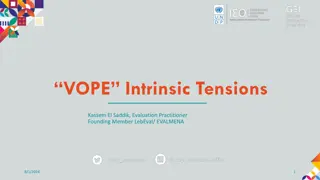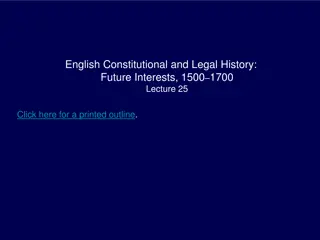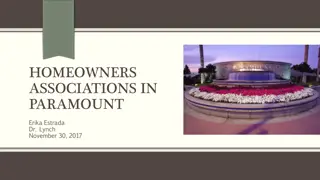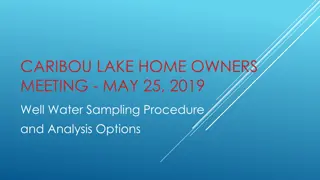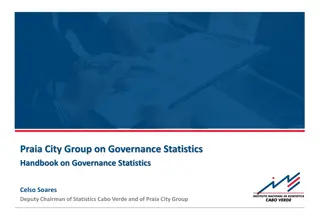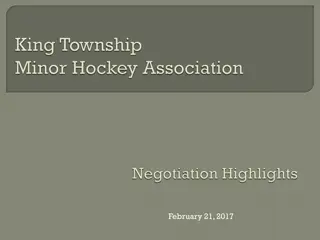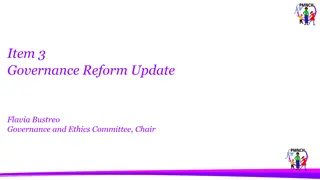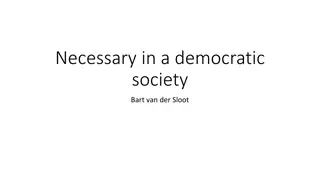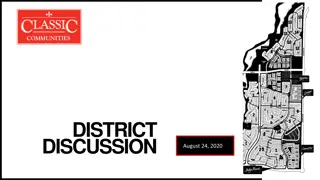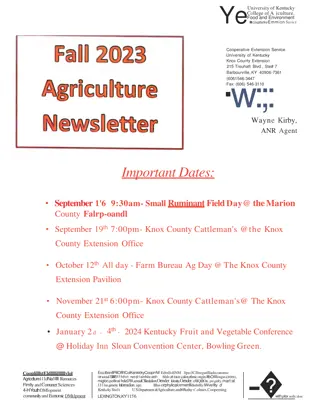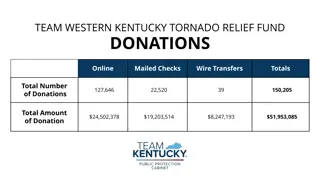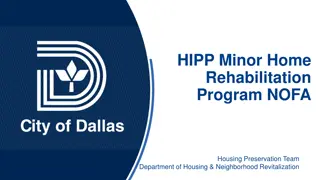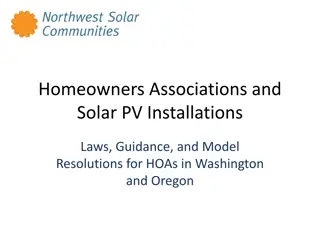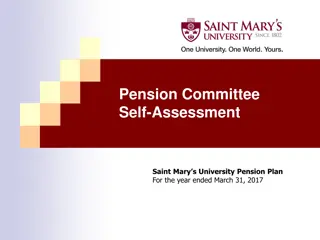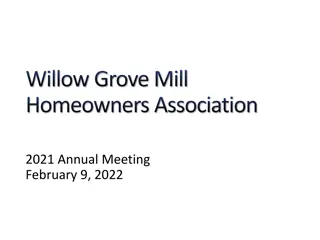Understanding Allocated Interests and Governance in Homeowners' Associations
Allocated interests in HOAs are crucial and governed by specific laws and documents such as the Colorado Common Ownership Interest Act. The process of changing allocated interests can be complex but is possible through specific avenues. Learn about the inception of boundaries and how allocated interests were established in the original declaration.
Download Presentation

Please find below an Image/Link to download the presentation.
The content on the website is provided AS IS for your information and personal use only. It may not be sold, licensed, or shared on other websites without obtaining consent from the author. Download presentation by click this link. If you encounter any issues during the download, it is possible that the publisher has removed the file from their server.
E N D
Presentation Transcript
SPECIAL MEETING OF MEMBERS MARCH 3, 2022, AT 5:00 PM RVR RANCH HOUSE CONFERENCE ROOM
WHAT DOCUMENTS AND LAWS GOVERN THE BOUNDARY? The Colorado Common Ownership Interest Act ( CCOIA ) Declaration for the Boundary Association, including any amendments thereto Bylaws Policies and Procedures
WHAT ARE ALLOCATED INTERESTS OF AN HOA? CCOIA requires that, through the declaration or bylaws, every HOA must allocate: Each owner s fraction or percentage of common expense liability common expense liability; The number of votes votes afforded to each owner; and Each owner s fraction or percentage of ownership interest in the common elements ownership interest in the common elements of the HOA. Each owners common expense liability, votes afforded, and ownership interest in the common elements are collectively referred to as the allocated interests. C.R.S. 33-33.3-207
ALLOCATED INTERESTS ARE HARD TO CHANGE There are only two ways to change the allocated interests of an HOA. First, the developer of an HOA (aka the Declarant ), can, in an HOA s declaration, reserve the right to change the allocated interests as the development progresses and unilaterally file amendments to the declaration to that effect. Second, the owners of the HOA can, by no less than 67% approval, vote for an amendment to the declaration that changes the allocated interests. C.R.S. 33-33.3-217(4)(a)
INCEPTION OF THE BOUNDARY In 1999, the Boundary was formed by Crystal River Limited Partnership, also known as the Declarant of the Boundary Townhome Association When it was formed, the Boundary was intended to be solely a Townhome Community, with a maximum of 33 Townhome Lots. Hence, the initial name of your association was The Boundary Townhome Association. Originally, there were only seven lots in the Boundary and the Original Declaration was tailored to the Townhome Community, although the prospect of further development was allowed.
EARLY DEVELOPMENT OF THE BOUNDARY In or around 2001, Crystal River Limited Partnership sold the Boundary and transferred all its development rights to EP Boundary, LLC ( EP ), and, therefore, EP became the new Declarant. Shortly thereafter, EP recorded an Amended and Restated Declaration that revised the original declaration for the Boundary. The Amended Declaration, among other things, Introduced the concept of Condominium Units, in addition to Townhome Lots; and Changed the name of the association from The Boundary Townhome Association to The Boundary Association.
EP REALLOCATION AMENDMENTS As development within the Boundary progressed, EP, pursuant to its reserved Declarant Rights, properly created and recorded a series of Reallocation Amendments to reallocate the allocated interests among the owners. EP recorded reallocation amendments on the following dates: July 13, 2001 July 26, 2001 November 9, 2001
EP SELLS TO BRAEBURN In or around 2006, EP sold its property to Braeburn Real Estate Development, LLC ( Braeburn ) and transferred its reserved declarant rights to Braeburn. Braeburn thus became the new Declarant and, by extension, the only entity that could file additional Reallocation Amendments without a vote of the owners of the HOA. As the Boundary continued to develop, Braeburn never filed another Reallocation Amendment and never formally relinquished its declarant reserved rights to the Association or transferred them to any other entity. This created a nearly thirteen-year gap between Reallocation Amendments. From a legal standpoint, Braeburn is still the Declarant and holds the reserved declarant rights.
SUBSEQUENT REALLOCATION AMENDMENTS Beginning in 2014, the Association filed three subsequent Reallocation Amendments: February 18, 2014 March 2, 2015 November 1, 2021 This was seemingly done under the belief that the Association took over declarant s Reserved Rights from Braeburn and could unilaterally amend the allocated interests.
SUBSEQUENT REALLOCATION AMENDMENTS From my review of the documents available, it does not appear that Braeburn ever transferred the Declarant s Reserved Rights to the Association. It also does not appear that these subsequent Reallocation Amendments were ever voted on or approved by the owners. Because these Reallocation Amendments were not done pursuant to Declarant Reserved Rights or approved by a vote, they are likely invalid.
NEXT STEPS At a minimum, the Owners need to vote and approve a Reallocation Amendment that allocates the allocated interests among the 33 Townhome Lots and Condominium Units. In so doing, the Owners should consider whether the allocation method required by your declaration is still appropriate or whether a new allocation method is more appropriate for the community. There is no law dictating which allocation method you must select (e.g. total number of lots, square footage, etc.).
